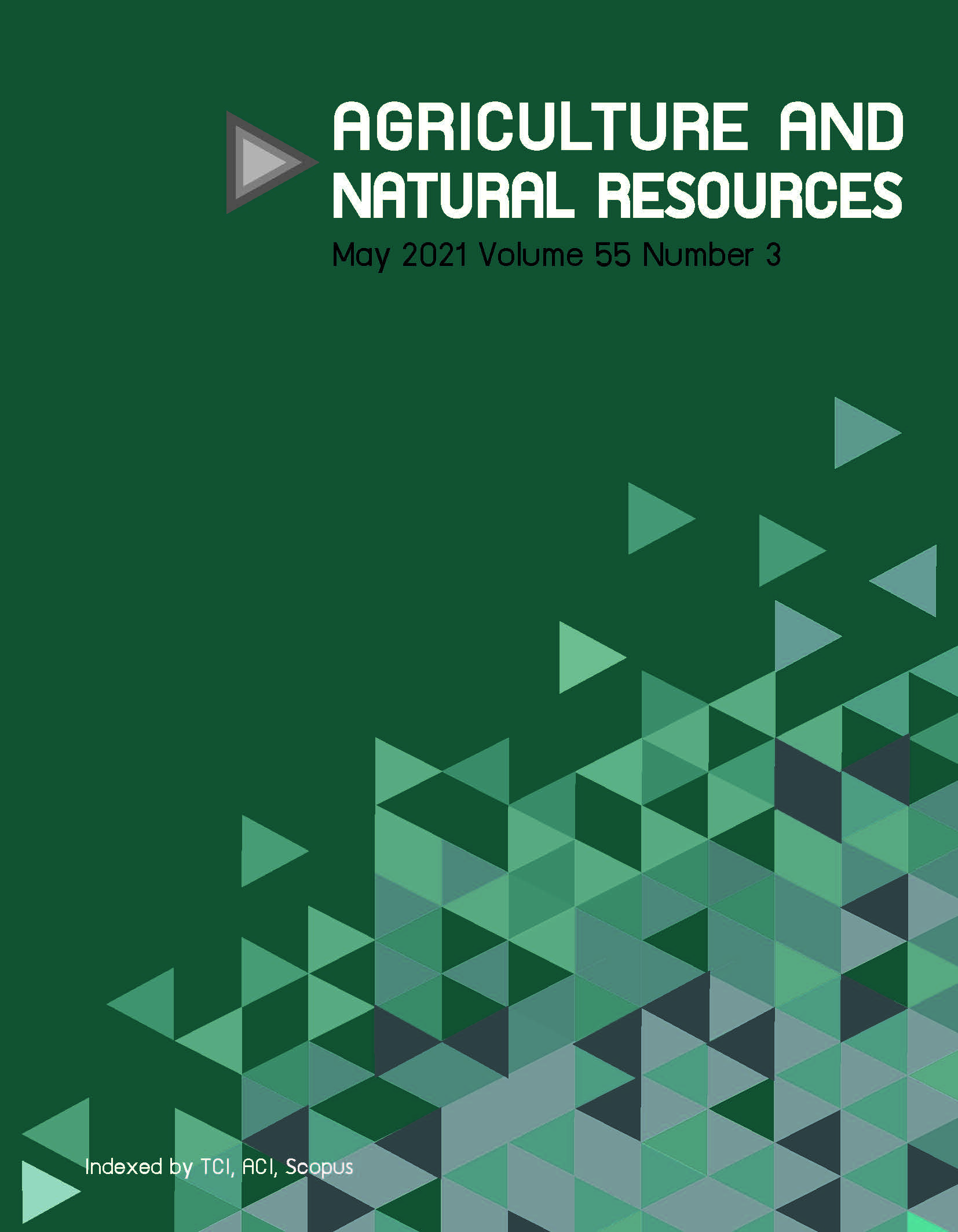Genetic diversity of quinoa (Chenopodium quinoa Willd.) germplasm as revealed by sequence-related amplified polymorphism markers
Keywords:
Chenopodium quinoa, genetic structure, pseudocereal, sequence-related amplified polymorphism (SRAP)Abstract
Quinoa (Chenopodium quinoa Willd.) is an excellent example of a functional food being rich in antioxidants and well balanced regarding carbohydrates, lipids and protein, providing an ideal source of essential amino acids for human nutrition. Its nutritional characteristic has been emphasized both in developed and undeveloped regions resulting in many countries growing quinoa as a healthy food. Breeding programs for quinoa in new regions need diverse genetic variety. Therefore, the genetic diversity of 135 quinoa accessions was determined using 21 sequence-related amplified polymorphism (SRAP) markers generated from eight primer pairs. The polymorphic information content (PIC) was in the range 0.10–0.25 with an average of 0.19. Overall genetic diversity was relatively low in the range 0.17–0.40, with a mean of 0.32. Population structure, neighbor-joining tree and principal coordinate analyses revealed that the quinoa accessions were clustered into two groups. One was composed of 85 accessions mainly from the USA and Peru and some accessions from Chile and Bolivia. The other one comprised 50 accessions largely from Bolivia and Chile and some accessions from Peru. The results from this study suggested that the genetic diversity of the quinoa accessions from the USA was relatively low compared with other reports. Therefore, plant breeders need to develop new cultivars by crossing quinoa from different genetic groups or to access additional ex situ germplasm collections.
Downloads
Published
How to Cite
Issue
Section
License

This work is licensed under a Creative Commons Attribution-NonCommercial-NoDerivatives 4.0 International License.
online 2452-316X print 2468-1458/Copyright © 2022. This is an open access article under the CC BY-NC-ND license (http://creativecommons.org/licenses/by-nc-nd/4.0/),
production and hosting by Kasetsart University of Research and Development Institute on behalf of Kasetsart University.







